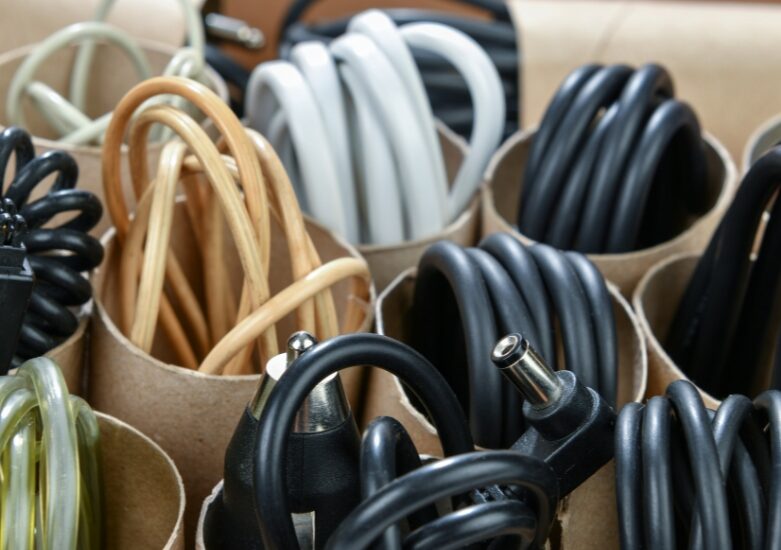Cable paper, also known as electrical insulation paper or transformer paper, is a crucial component in the electrical and electronics industry. Its primary function is to provide electrical insulation and mechanical support to wires, cables, and transformers, ensuring the safe and efficient transmission of electricity. In this comprehensive guide, we will explore the various types of cable paper, their properties, applications, and the key factors to consider when selecting the right type for your specific needs.
Types of Cable Paper:
- Kraft Paper:
Kraft paper is one of the most common types of cable paper. It is made from chemical pulp and is known for its high mechanical strength and excellent dielectric properties. Kraft paper is often used in power cables and transformers due to its durability and resistance to electrical breakdown.
- Crepe Paper:
Crepe paper is a textured cable paper that is highly flexible and conformable. Its crepe texture allows it to expand and contract, making it suitable for applications where flexibility is required, such as in oil-filled power transformers.
- Pressboard:
Pressboard, also known as transformer board, is a dense and rigid type of cable paper. It is commonly used as a structural component in transformers and switchgear. Pressboard provides mechanical support and excellent insulating properties.
- Nomex Paper:
Nomex paper is a high-temperature-resistant cable paper made from aramid fibers. It can withstand extreme temperatures, making it ideal for applications in high-temperature environments like electric motors and generators.
- Fish Paper:
Fish paper, named for its use in insulating components in early electrical equipment, is a vulcanized fiber-based cable paper. It is known for its toughness, flexibility, and resistance to moisture, making it suitable for slot liners, coil separators, and other electrical applications.
Applications of Cable Paper:
- Power Cables:
Cable paper is often used as insulation in power cables, both for medium and high-voltage applications. It provides electrical insulation, thermal stability, and mechanical strength, ensuring safe and reliable power transmission.
- Transformers:
Cable paper plays a critical role in transformers, where it is used as insulation between the windings and as spacers between the core laminations. It helps prevent electrical breakdown and ensures the transformer’s efficient operation.
- Motors and Generators:
In electric motors and generators, cable paper, particularly high-temperature-resistant types like Nomex paper, is used for slot liners, phase insulation, and coil insulation to maintain electrical integrity at elevated temperatures.
- Capacitors:
Some cable paper are used as dielectric materials in capacitors, where they store and release electrical energy. These papers need to have stable electrical properties to ensure the proper functioning of capacitors.
- Switchgear and Circuit Breakers:
Cable paper is used in the construction of insulating barriers and components within switchgear and circuit breakers. It helps prevent electrical arcing and ensures the safe interruption of electrical circuits.
Selecting the Right Cable Paper:
When choosing cable paper for a specific application, consider the following factors:
- Voltage and Temperature Requirements:
Ensure the cable paper can withstand the voltage and temperature conditions it will be exposed to in the application.
- Mechanical Strength:
Select a cable paper with the appropriate mechanical strength to provide support and protection to the components it insulates.
- Dielectric Properties:
The cable paper’s dielectric constant and dissipation factor should meet the electrical insulation requirements of the application.
- Environmental Resistance:
Consider the environment in which the cable paper will be used, including factors such as moisture resistance and chemical resistance.
- Regulatory Compliance:
Ensure that the chosen cable paper complies with relevant industry standards and regulations.
Conclusion:
Cable paper is a versatile and indispensable material in the electrical and electronics industry. Understanding the different types of cable paper and their applications is crucial for selecting the right material to ensure the safe and efficient operation of electrical equipment and systems. Whether you are working on power cables, transformers, motors, or other electrical devices, the proper choice of cable paper is essential for reliable performance and electrical safety.

